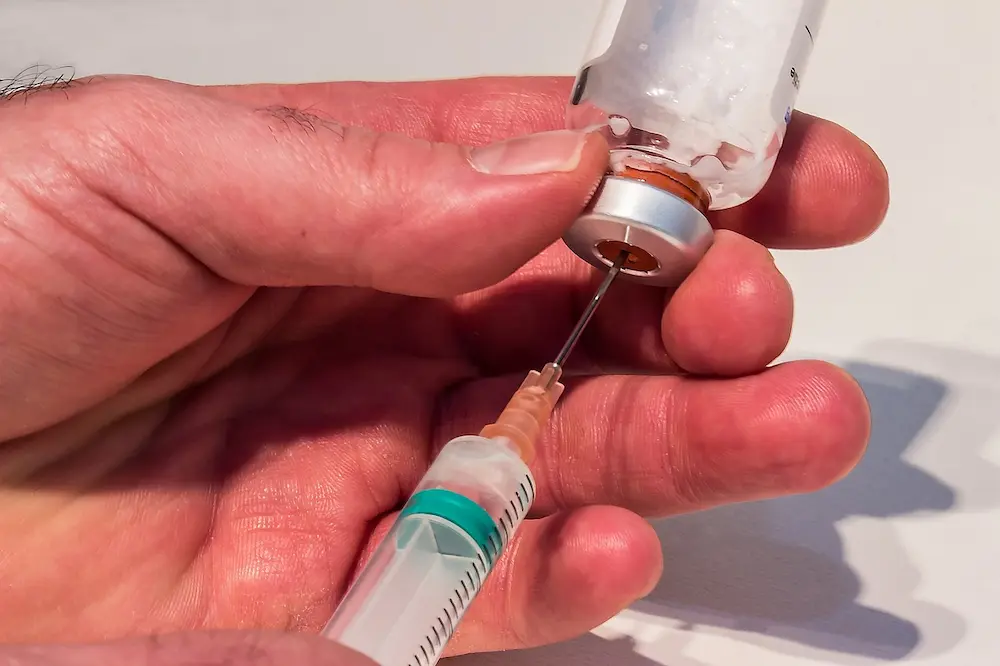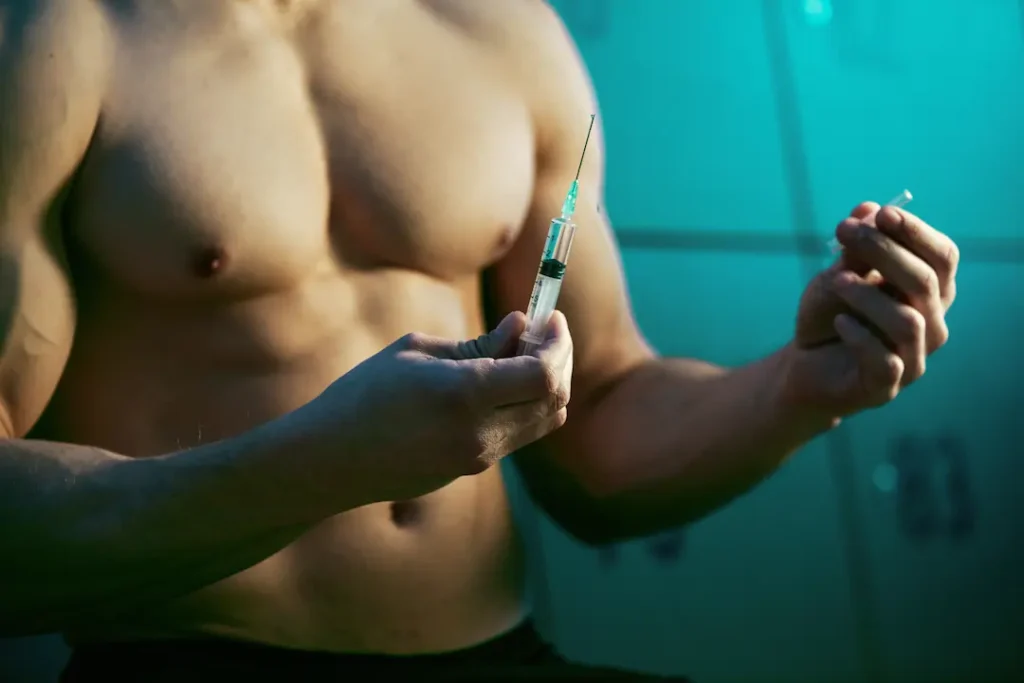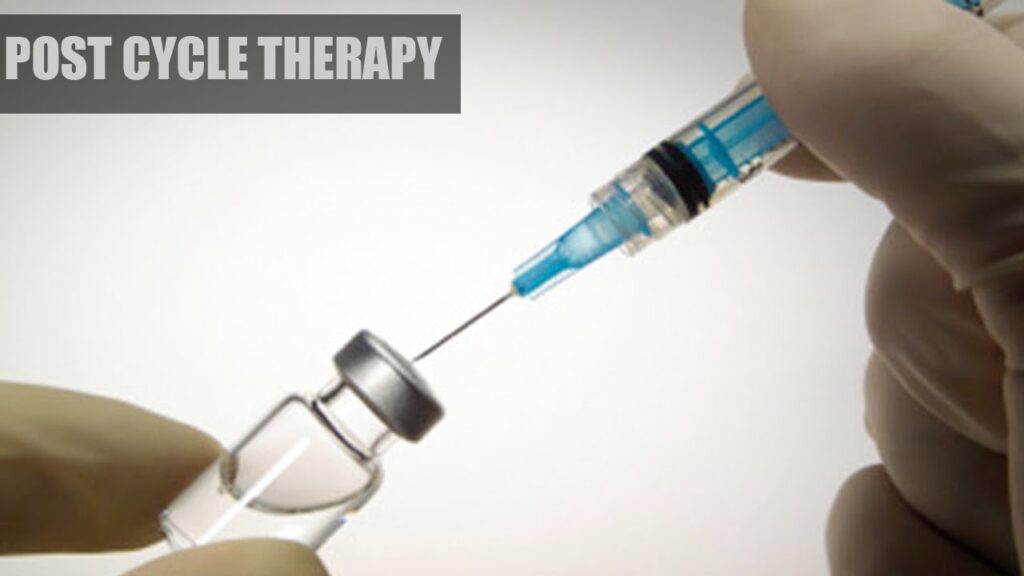Nandrolone Phenylpropionate NPP Guide: Cycle, Side Effects, and Dosage

Nandrolone Phenylpropionate, commonly known by its acronym NPP, is a fast-acting anabolic steroid with a wide following in the bodybuilding community. It is the phenylpropionate ester of nandrolone and is similar to the more commonly known nandrolone decanoate. As an anabolic steroid, NPP is prized for its capability to promote significant muscle growth and strength gains with a reduced risk of estrogenic side effects compared to its counterparts.
The use of NPP is often associated with its short half-life, which allows the steroid to enter and exit the body quickly, making it a preferred choice for athletes who undergo drug testing. While the advantages of NPP are considerable for those looking to improve their physique, it is essential to be fully informed about the correct dosages, the cycle protocol, and the side effects. Informed usage, along with post-cycle therapy, is crucial for minimizing the risks and maximizing the benefits of NPP.
Quick Summary
- NPP is a fast-acting anabolic steroid favored for its muscle growth and reduced estrogenic effects.
- Proper dosing and cycling of NPP are critical for effectiveness and minimizing health risks.
- Post-cycle recovery is essential to mitigate potential side effects and maintain gains from NPP usage.
What is NPP?

Nandrolone Phenylpropionate (NPP) is an anabolic steroid with a specific chemical structure and significant similarities and differences to its more well-known counterpart, Deca Durabolin.
Chemical Profile of Nandrolone Phenylpropionate
Nandrolone Phenylpropionate, commonly referred to as NPP, is an anabolic steroid that features phenylpropionate ester. Unlike its decanoate counterpart, the phenylpropionate ester is a shorter chain, which means NPP has a faster release into the bloodstream. The anabolic-androgenic ratio of NPP is 125:37, reflecting its potent anabolic potential compared to its androgenic activity. The chemical structure allows for the promotion of protein synthesis and red blood cell production, offering significant gains in muscle size and strength.
- Chemical Name: 17β-Hydroxyestra-4-en-3-one phenylpropionate
- Anabolic/Androgenic ratio: 125:37
- Formula: C27H34O3
- Half-life: Approximately 4.5 days
Differences between NPP and Deca Durabolin
While both NPP and Deca Durabolin contain the active substance nandrolone, their esters differ, which affects their pharmacokinetics. Deca features the decanoate ester, leading to a prolonged half-life of about 15 days compared to NPP’s 4.5 days. This difference results in a faster onset of effects with NPP, necessitating more frequent injections to maintain stable blood plasma levels. Although both steroids exhibit estrogenic activity due to aromatization, the impact is somewhat more controllable with NPP due to its shorter duration. This is particularly relevant for those concerned with estrogen-related side effects.
- NPP (Nandrolone Phenylpropionate)
- Ester: Phenylpropionate
- Half-life: 4.5 days
- Frequency of injections: More often due to shorter half-life
- Deca (Nandrolone Decanoate)
- Ester: Decanoate
- Half-life: 15 days
- Frequency of injections: Less often due to longer half-life
The selection between NPP and Deca often depends on the user’s preference regarding injection frequency and the management of potential side effects related to health and estrogenic activities.
References
NPP in Bodybuilding

Nandrolone Phenylpropionate (NPP) is widely recognized for its role in promoting muscle growth and boosting recovery times, making it a popular choice among bodybuilders and athletes.
Role in Muscle Growth and Recovery
NPP enhances muscle growth by increasing protein synthesis and nitrogen retention in the body. These biological processes are crucial for repairing muscle tissue and building new muscle mass. Protein synthesis is the body’s mechanism of creating new proteins, which are the building blocks of muscle tissue. Enhanced synthesis results in faster and more efficient muscle growth. NPP also improves nitrogen retention, which is vital as muscles are comprised of approximately 16% nitrogen. Effective nitrogen balance is essential for muscle recovery and growth, as a positive balance indicates that muscle tissue is accumulating more protein than it is losing, leading to increased muscle mass.
Preferred by Bodybuilders and Athletes
Bodybuilders and athletes favor NPP for its ability to provide significant muscle gains without the bulk that other steroids might cause. This makes NPP a preferred supplement for those seeking to enhance strength and performance while maintaining a certain weight category or aesthetic. As NPP is a fast-acting steroid, it allows athletes to benefit from its effects without prolonged exposure, potentially reducing the risk of side effects. The prioritization of recovery in an athlete’s regimen cannot be overstated, and NPP’s properties allow for quicker recovery from intense training, enabling more frequent and intensive workouts.
References
NPP Usage Guidelines

Nandrolone Phenylpropionate (NPP) is a fast-acting anabolic steroid with a shorter ester than its more common counterpart, Nandrolone Decanoate. It requires careful management regarding dosage, cycle length, and integration with other steroids.
Dosage and Administration
- Beginners: Typically, a beginner might start with a dose of 50-100 mg every other day.
- Experienced Users: Those with more experience may increase their dosage to 100-150 mg every other day.
- Maximum Dosage: It’s rare and generally not recommended to exceed 400 mg per week.
Dosage Notes:
- Given NPP’s short half-life, frequent injections are necessary to maintain stable blood levels.
- Administration: Intramuscular injections are the common method for NPP administration.
- Dosage should be determined by an individual’s response to the drug, goals, and experience with anabolic steroids.
Cycle Length and Stacking
- Cycle Length: A typical NPP cycle lasts between 8 to 12 weeks.
- Stacking for Bulking: NPP can be combined with steroids like Dianabol for bulking phases.
- Stacking for Cutting: For a cutting cycle, users might stack NPP with Winstrol.
- Advanced Stacking: Experienced users may include Trenbolone, acknowledging the increased risk of side effects.
- Post Cycle Therapy (PCT): To restore natural hormone levels, implementing PCT after an NPP cycle is crucial.
- Stacking should always be approached with caution and knowledge of each steroid’s properties.
Cycle Notes:
- NPP is often used as part of a steroid cycle with other substances to maximize muscle gains or fat loss.
- The cycle’s effectiveness and experience may vary based on individual goals, stack components, and adherence to PCT protocols.
Potential Side Effects and Risks
Nandrolone Phenylpropionate (NPP) may lead to a variety of side effects, some of which are common and others that can be more severe, extending to cardiovascular, hormonal, and hepatic systems. It is essential to be aware of these adverse effects and understand the means to mitigate them.
Common Side Effects
- Hair Loss: Androgenic effects can result in hair thinning or baldness in men predisposed to male pattern baldness.
- Acne: Sebum production may increase, leading to acne, particularly on the back and shoulders.
- Blood Pressure: NPP can increase blood pressure, necessitating monitoring and management.
- Estrogenic Side Effects: Including water retention and gynecomastia due to aromatization, despite being lower than other steroids.
- Virilization: Women may experience increased body hair, a deeper voice, and other masculinizing effects.
Mitigating Adverse Effects
- Liver Care: Regular liver function tests are recommended, as NPP can be less hepatotoxic than other steroids, yet still pose a risk.
- Tamoxifen, Clomid, Nolvadex: Use for post cycle therapy (PCT) to help restore hormonal balance and reduce estrogenic side effects.
- Monitoring: Users should have their blood pressure and cholesterol levels checked regularly to prevent long-term cardiovascular risks.
References
- Nandrolone and its various effects on the body: https://www.ncbi.nlm.nih.gov/pmc/articles/PMC4837307/
- Steroid profiles and user guide: https://www.steroid.com/Nandrolone-Phenylpropionate.php
- Post cycle therapy guidelines and practices: https://www.ncbi.nlm.nih.gov/books/NBK482418/
Post-Cycle Recovery

After completing a cycle of Nandrolone Phenylpropionate (NPP), engaging in post-cycle therapy (PCT) is critical. This process aids in hormonal rebalancing and helps maintain muscle gains.
Importance of Post-Cycle Therapy
Post-cycle therapy (PCT) is essential following an NPP dosage regimen. The primary goal is to normalize the body’s natural hormone production, especially testosterone. Without PCT, individuals can experience prolonged periods of hormonal imbalance, which may negate the benefits of the steroid cycle, such as strength and endurance improvements. PCT also helps mitigate any potential side effects associated with NPP use, ensuring that fitness goals are not compromised.
Re-establishing Hormone Balance
PCT typically involves the use of pharmaceuticals like Clomid (clomiphene citrate) or Nolvadex (tamoxifen citrate). These medications stimulate the production of natural testosterone, aiding in the recovery of the body’s hormonal systems.
- Clomid: Helps to stimulate the pituitary gland to increase the secretion of luteinizing hormone (LH) and follicle-stimulating hormone (FSH), which in turn kickstarts endogenous testosterone production.
- Nolvadex: Acts mainly by blocking the effects of estrogen in the body, which is elevated after anabolic steroid use and can cause suppression of the hypothalamic-pituitary-testicular axis.
A common PCT schedule might include:
| Week | Clomid | Nolvadex |
|---|---|---|
| 1-2 | 50 mg/day | 20 mg/day |
| 3-4 | 25 mg/day | 10 mg/day |
It is important that the PCT is tailored to the specific cycle, dosage of NPP used, and individual responsiveness to therapy. Regular monitoring and adjustments may be necessary. Exercise and a balanced diet, along with appropriate rest, can further facilitate recovery.
References
- Clomid and its uses in PCT: https://www.ncbi.nlm.nih.gov/pmc/articles/PMC3850326/
- Nolvadex and its impact on hormone recovery: https://www.ncbi.nlm.nih.gov/pmc/articles/PMC3078402/
